Hello everyone.
Most of us know what databases are why they are used and what are the types. Out of which MongoDB is a popular NoSQL database that is known for its flexibility, scalability, and ease of use. One of the key features of MongoDB is the id field, which is a unique identifier that is automatically generated for each document in a collection. You may be using Mongoose for Node.js or any other package similar to Mongoose for your language to connect with MongoDB so now let us see what is this _id field is used why it is important and its hidden use cases
What is the _id field in MongoDB?
The _id field is a unique identifier that is automatically generated by MongoDB for each document in a collection. It is used to uniquely identify documents within a collection, and it is indexed by default to ensure fast queries and efficient performance.
The id field is a required field in MongoDB, which means that every document must have an _id value. If you don't provide an _id value when inserting a document, MongoDB will automatically generate one for you.
Even though the _id field can have different data types in MongoDB, including strings, integers, and objects. However, it's generally recommended to use the default ObjectId data type, which is a 12-byte value that consists of a timestamp, machine identifier, process identifier, and a random value.
Why is the _id field important?
Uniqueness: The _id field ensures that each document in a collection has a unique identifier, which is essential for organizing and managing data effectively.
Indexing: MongoDB automatically indexes the _id field, which makes it easier to retrieve documents quickly and efficiently.
Querying: The _id field can be used as a query parameter to retrieve specific documents or ranges of documents from a collection.
Relationships: The _id field can be used to establish relationships between documents in different collections or databases, which is a common pattern in many applications.
Now let us see what does the ObjectID exactly contains
As per the MongoDB official docs the ObjectID value consists of a 12-byte value that is made up of the following components:
A 4-byte timestamp, representing the ObjectID's creation, measured in seconds since the Unix epoch.
A 5-byte random value generated once per process. This random value is unique to the machine and process.
A 3-byte incrementing counter, initialized to a random value.
So that's why we even though we have random data in it we also have time stamp value associated to each id and it helps MongoDB internally to find and optimize the queries if _id is used anywhere. And as the 5 byte machine identifier also helps if the data is spread across various database instances. And that's why it is always recommended to let MongoDB generate the _id rather than us generating it.
Methods related to ObjectID
We can use these handy methods to get timestamp details from the ObjectID and other methods to get the string representation as well.
| Method | Description |
ObjectId.getTimestamp() | Returns the timestamp portion of the object as a Date. |
ObjectId.toString() | Returns the JavaScript representation in the form of a string literal "ObjectId(...)". |
ObjectId.valueOf() | Returns the representation of the object as a hexadecimal string. The returned string is the str attribute. |
So that's it folks if you found something useful please share your thoughts or anything new that is not covered so that i can learn too!.

